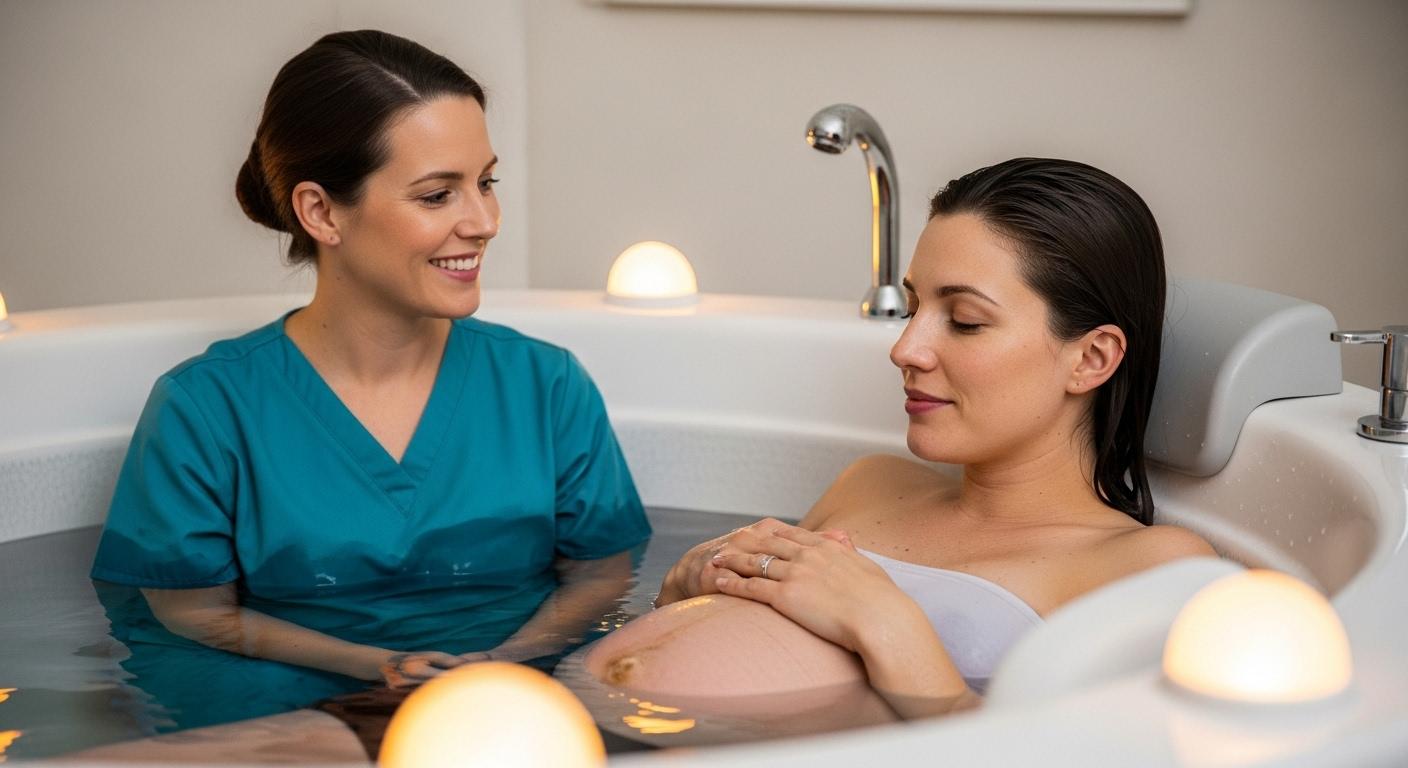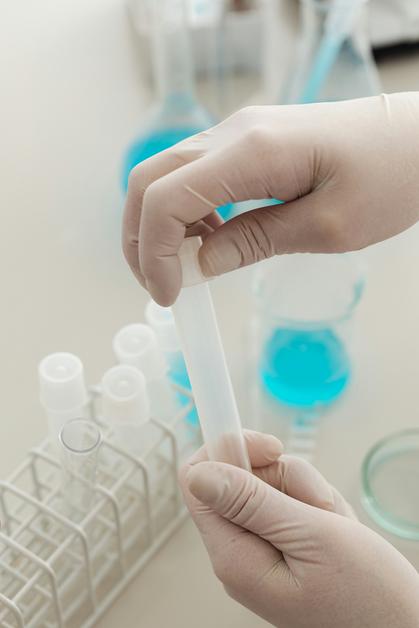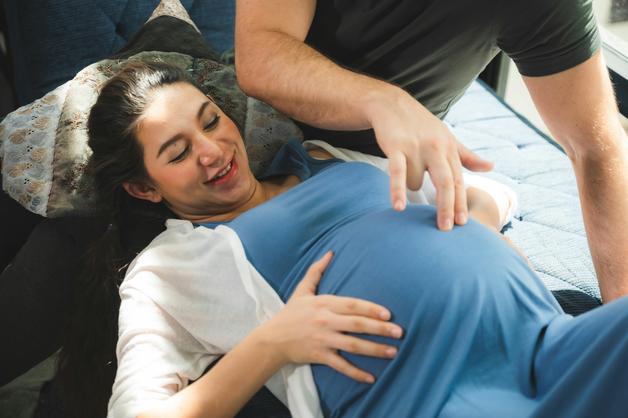You want safer comfort, you want real options, you want clear lines about when to stay in the water and when to step out. Water birth can help with pain, movement, and a calmer atmosphere, yet parents often worry about safety, temperature, monitoring, and infection. Here is the big picture, in practical steps. What water birth means, who is a good candidate, how benefits and risks compare, how teams monitor babies, what equipment matters, and how to set up a plan that can flex quickly if you need a different route.
What water birth means today
Water birth refers to a baby born while the parent remains in a pool of warm water. Water labor refers to using warm water for comfort during contractions, then leaving the pool for the actual birth. The difference sounds simple, the baby either emerges under water or not, yet it changes equipment, staffing, and decision points.
You may hear hydrotherapy for labor, warm water labor, birth pool time, or tub birth. Facilities vary. Some hospitals offer integrated tubs with strict cleaning and clear exit routes. Birth centers often lean into water options. Home setups use purpose built inflatables or rigid portable pools, and they demand careful hygiene and a reliable transfer plan.
Who is a candidate and who is not
Typical eligibility for low risk pregnancies
- Single baby, head down, at or after 37 weeks
- No placenta problems or active maternal infection
- No condition that requires intensive or continuous monitoring that cannot be done safely in water
- Normal fetal growth, stable blood pressure, no heavy bleeding
When teams recommend a different plan
- Multiple pregnancy, breech or transverse presentation, significant prematurity
- Heavy bleeding, severe preeclampsia, placenta previa, fetal conditions that need immediate procedures
- Relative reasons to avoid, unstable diabetes, uncontrolled hypertension, prolonged membrane rupture, or the need for continuous monitoring that does not work well in water
Assessment is individual. Your status may look eligible during pregnancy visits, then change at admission, so the plan should flex.
Benefits for you and your baby
Comfort, movement, satisfaction
Warm water relaxes muscles, reduces load on joints, and lets the pelvis open more freely. That lift, the physical lightness you feel in the pool, is explained by buoyancy and it often helps parents change position without added fatigue. Pain scores usually drop, stress hormones often settle, and the sense of control rises.
Labor progress and perineal outcomes
Some studies show shorter first stages in low risk settings and lower epidural use, others are neutral. Differences reflect selection, policies, and team experience. Perineal outcomes can be favorable, fewer episiotomy procedures and fewer severe perineal tears in some cohorts, likely due to warm tissues and gradual crowning. Water supports, it does not guarantee a specific outcome.
Newborn transition and early feeding
With careful selection and reliable monitoring, Apgar scores, early breathing, and temperature stability are generally comparable to land birth. Many families describe a quiet first minute and easy skin to skin. Teams commonly practice delayed cord clamping when both baby and parent are well.
Risks, rare complications and how teams reduce them
Infection risk exists, and it drops when facilities follow strong infection control routines, new or disinfected liners, verified water quality, gloves, and accurate records of cleaning cycles. Overheating is possible if temperatures creep up, so a visible thermometer and frequent checks matter. Heavy bleeding, known as postpartum hemorrhage PPH, is treated as per standard obstetric protocols.
For newborns, reported rare events include water aspiration, respiratory distress, and infection when pool maintenance or monitoring fell short. Warning signs include blue coloring, weak tone, poor breathing, or a low early Apgar score. If concerns appear, the team brings you out of the water quickly and starts support without delay.
Safety parameters, monitoring and hygiene
- Temperature targets, many teams keep 34 to 36 Celsius, 93 to 97 Fahrenheit during dilation, then approach 37 Celsius, 98.6 Fahrenheit near birth. An upper limit of 38 Celsius, 100.4 Fahrenheit is common. This protects maternal and newborn thermoregulation, which is the body system that controls temperature.
- Monitoring, low risk labors often use intermittent auscultation, a trained clinician listens to the baby’s heart at set intervals. If risk rises or medications are used, electronic monitoring may be needed. Waterproof belts exist, and some units can use cardiotocography CTG in water. If the tracing is unreliable, step out for a clear check.
- Hygiene and equipment, many facilities use a disposable liner in a birth pool or a thoroughly disinfected fixed tub. Non slip floors and a non slip mat around the pool reduce falls. Water source and hose cleanliness matter. Documentation should record temperature checks, fill and drain times, and disinfection.
Planning and preparing step by step
Your questions for the team
- Which birthing tub or pool is available, and how is temperature kept in range
- Which monitoring methods are used in water, and what situations require leaving the pool
- How fast an epidural can be placed if you request one
- Where neonatal resuscitation equipment is set up, and how a newborn will be supported if breathing is not adequate
Physical and mental preparation
Gentle pelvic floor work, breathing drills, and mobility exercises can help. Some parents add water based stretching sessions in mid pregnancy if approved by their clinician. Mental rehearsal helps, imagine entering the water, shifting from kneeling to side sitting, then a quick exit if the team calls it.
Settings and logistics, hospital, birth center, home
- Hospitals, integrated tubs or rigid portable pools, trained staff, documented cleaning, rapid exit drills, fast access to surgery if needed
- Birth centers, purpose designed spaces for water labor, sometimes water birth as well, check emergency transfer time to a hospital
- Home, dedicated portable or inflatable pools, plan for floor strength, water supply, drainage, clear walkways, and a direct route to transfer if needed
Each setting has pros and cons. Hospitals can escalate care fastest, birth centers and home care can offer privacy and continuity, and both require strong preparation and clear transfer plans.
Labor management in the water
Monitoring, positions, and pacing
Low risk pregnancies usually use intermittent listening. Entering the pool in active labor often softens pain quickly. Rotate positions, kneel, lean forward on the pool edge, side sit with one leg extended, or take standing breaks with support. Move slowly, tell your midwife before changing position, and use handles for stability. If sensors slip or the tracing is unclear, a brief pause on land can restore safe fetal heart rate monitoring.
Stages and pushing
Pushing can be spontaneous or coached. Caregivers often encourage a slow crown to protect the perineum. If any concern emerges, the team will cue an organized move to land for the birth.
Pain relief options alongside water birth
Water is a proven nonpharmacologic method that often reduces requests for stronger analgesia. If you ask for an epidural, you will step out for placement and monitoring. Other options outside the pool may include nitrous oxide in units that offer it or small dose opioids, always within protocol.
Pushing, birth mechanics and newborn care
Warm compresses and gentle manual support during crowning may reduce tearing. If the cord is around the neck, standard maneuvers are used, either sliding the loop over the head or clamping after birth if required. After a water birth, the baby is lifted up promptly with the head above water, the airway is clear, and routine suction is not needed unless secretions are obstructive. Skin to skin starts as soon as stability is confirmed. If breathing or tone is not adequate, resuscitation proceeds on land immediately.
Induction, augmentation and assisted birth
Oxytocin induction or augmentation usually requires closer monitoring. Some units can continue with waterproof belts, others will pause pool time. Prolonged rupture raises infection risk. When premature rupture of membranes PROM is present, teams weigh the benefit of water against bacteria exposure from longer time with ruptured membranes. Forceps or vacuum births occur on land for access and safety.
Transfers, cesarean and emergency readiness
Know the exit steps in advance. Reasons to leave the pool include non reassuring fetal tracing, heavy bleeding, fever, faintness, stalled progress, request for epidural, or any procedure that requires land. Units that offer water birth practice calm exit drills, rehearse roles, and keep equipment close.
Special situations and nuanced decisions
VBAC, twins, breech, growth restriction, insulin treated diabetes, or hypertensive conditions call for individualized planning. Many centers allow water for comfort in early labor with extra monitoring, then recommend delivery on land. Discuss thresholds for leaving the water, so the plan is clear.
Evidence at a glance and common myths
Observational studies and meta analyses through the mid 2010s found lower perceived pain, fewer epidurals, and perineal outcomes that trend favorable in well selected cases. Neonatal outcomes are comparable when protocols are followed. Randomized trials are fewer than cohort studies, which means results need careful interpretation. More recent program level data from the 2020s, especially from hospitals with standardized policies, support safety when selection, monitoring, and hygiene are consistent.
Myths persist. Babies do not start breathing underwater, the dive reflex and lack of air contact delay the first breaths until the head reaches air, then the team ensures the airway is clear. Water does not guarantee no tears, it may reduce strain but anatomy, position, and speed of crowning still matter. Infection is not expected when cleaning protocols are followed well.
The physiology behind warm water comfort
Warm water changes how your body feels load. Hydrostatic pressure and buoyancy increase venous return to the heart, reduce pressure on joints, and can make the pelvis feel freer. Pain perception often lowers as stress hormones fall and endorphins rise. Temperature balance matters, for you and for your baby, which is why careful thermometers and frequent checks are standard.
Practical checklists
Pre birth checklist
- Medical eligibility confirmed for low risk pregnancy
- Water birth preferences written with a clear plan B
- Pool type verified, temperature management clarified, monitoring options understood
- Transfer route clear, emergency call plan documented
- Neonatal equipment checked and staff trained
Admission checklist
- Head down position confirmed
- No fever, no significant bleeding
- Tub temperature and hygiene verified, pool liner or tub disinfection documented
- Newborn station ready, warm towels available
In labor checklist
- Monitoring per protocol, record times in and out of the pool
- Regular maternal vitals, temperature, blood pressure, pulse
- Clear triggers for exit, non reassuring tracing, heavy bleeding, fever, faintness
Postnatal checklist
- Perineal assessment and repair if needed
- Early newborn assessment with Apgar score
- Thorough cleaning and disinfection of the pool and accessories
- Written postnatal care plan, pain control, feeding support, pelvic floor follow up if symptoms arise
Home setup and logistics
Choose a location with strong floor support, a filled pool is heavy. Ground floor is often best. Plan filling and draining with clean hoses, and use safe disposal. Keep the path to the door clear for a rapid transfer if needed. Have towels, warm blankets, and good lighting ready.
Water temperature, monitoring and when to exit
Stay within the temperature range noted above. Check often. If you feel overheated, flushed, or weak, tell the team and cool down with sips of water or step out. Leave the pool without delay for any of the following, non reassuring heart rate, blood loss, fever, faintness, confusion, or any procedure your team recommends on land.
Frequently asked questions
- Is water birth safe
In low risk pregnancies with trained staff, clear protocols, and reliable monitoring, outcomes for parent and baby are comparable to land birth. - Can I have an epidural with water birth
Yes, but you will leave the pool for placement and monitoring. - Can the baby breathe in water
No. Breathing begins once the head reaches air, then the team ensures a clear airway immediately. - How warm should the water be
Usually 34 to 36 Celsius during dilation, then closer to 37 near birth, upper limit about 38. - What equipment is essential
A safe pool with temperature control, clean hoses, a liner or full disinfection process, sturdy handles, towels, warm blankets, and monitoring tools.
Key takeaways
- Water birth can ease pain, increase mobility, and create a calmer atmosphere for many low risk parents, and water labor without underwater delivery is widely available.
- Safety depends on good selection, clear temperature limits, reliable monitoring, strong hygiene, and a practiced plan to exit if anything changes.
- Evidence supports lower perceived pain and fewer epidural requests, neonatal outcomes remain comparable when protocols are followed. Underwater birth requires case by case decisions, discussed early and revisited at admission.
- Practical steps matter, choose the setting, confirm cleaning and monitoring policies, rehearse exit steps, and keep a flexible plan B.
Reliable people and tools can make a real difference from planning to recovery. Your care team will help personalize decisions. For ongoing support and tailored guidance for your family, you can download the application Heloa for personalized tips and free child health questionnaires.
Questions Parents Ask
How much does a water birth cost and is it covered by insurance?
Costs vary a lot by country and by setting. In some hospitals a water birth is included in routine maternity care; in birth centres or home births you may pay for pool rental, extra staff time, or specific supplies. Insurance policies differ — some cover the delivery itself but not additional fees for a private pool or special equipment. It’s a good idea to ask the facility for a written estimate and to check with your insurer about which items are reimbursed. Don’t worry if the numbers seem unclear at first — a short call to the maternity unit and your insurer usually clears things up.
Is water birth safe for first-time parents (first pregnancy)?
Many people having their first baby find water labour and even water birth helpful and safe — provided the pregnancy is low-risk and the team follows clear protocols. First labours can be longer, so some units recommend using the pool mainly for comfort and transferring to land for the actual birth if progress slows. The important point is individual assessment: discuss your preferences and any concerns with your clinician, plan a flexible “Plan B”, and agree on clear exit triggers before labour starts. That way you feel supported whatever happens.
How do I find a provider or facility that offers water birth near me, and what should I ask them?
Start by checking local hospital and birth centre websites, calling maternity wards, or asking community midwives. Parent groups and midwife networks can also point you to experienced teams. When you contact a provider, ask about:
- their water birth policy and who is allowed to deliver in water
- how pools are cleaned and how temperature is managed
- monitoring methods used in the pool and criteria for leaving the water
- staff training and how often they perform water births
- emergency transfer times and nearby surgical backup
- any extra costs or required supplies
Request a tour if possible — seeing the space helps you feel more confident. It’s perfectly normal to want clear answers; a good team will welcome your questions and help you decide what feels safest and most comfortable for your family.

Further reading :









